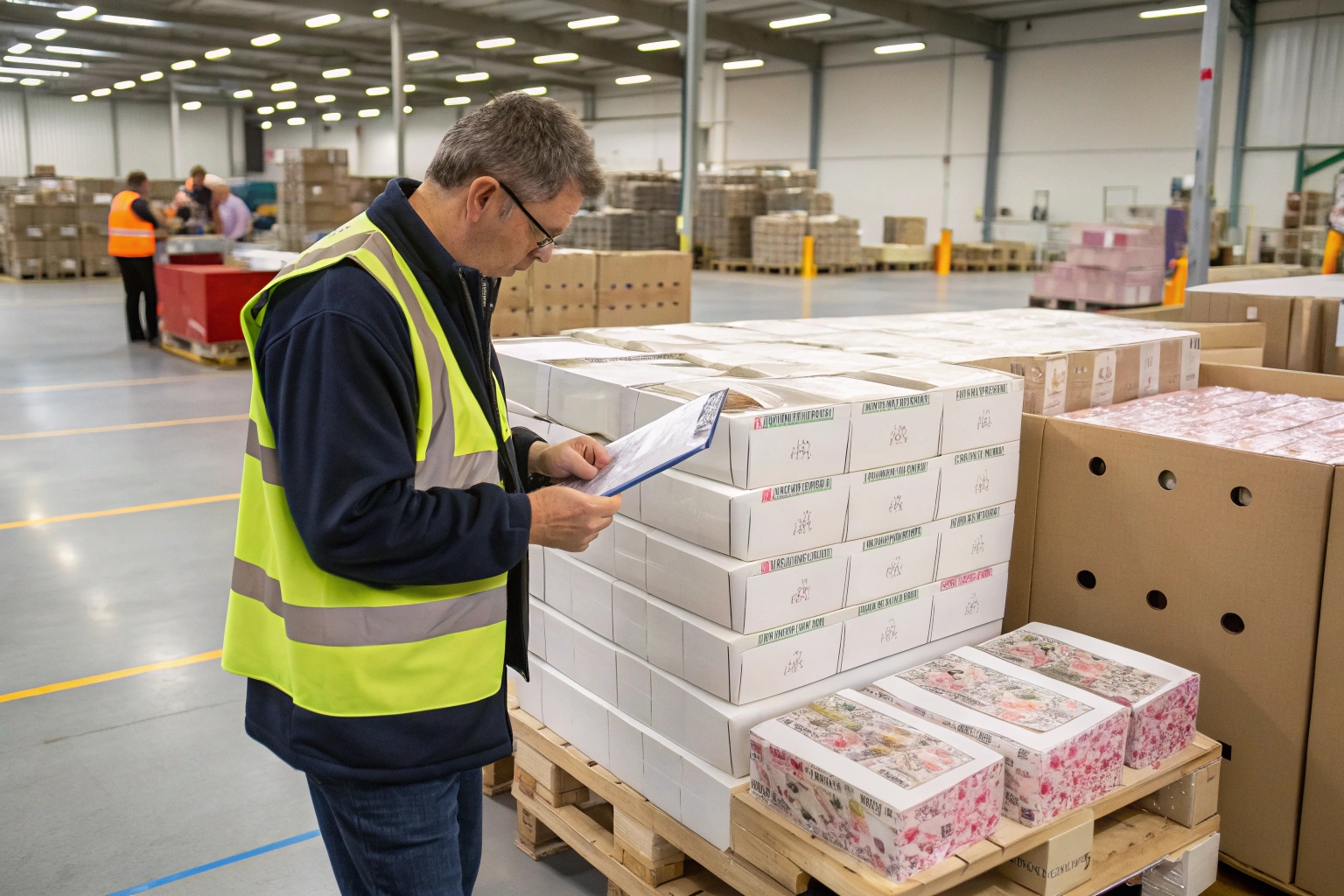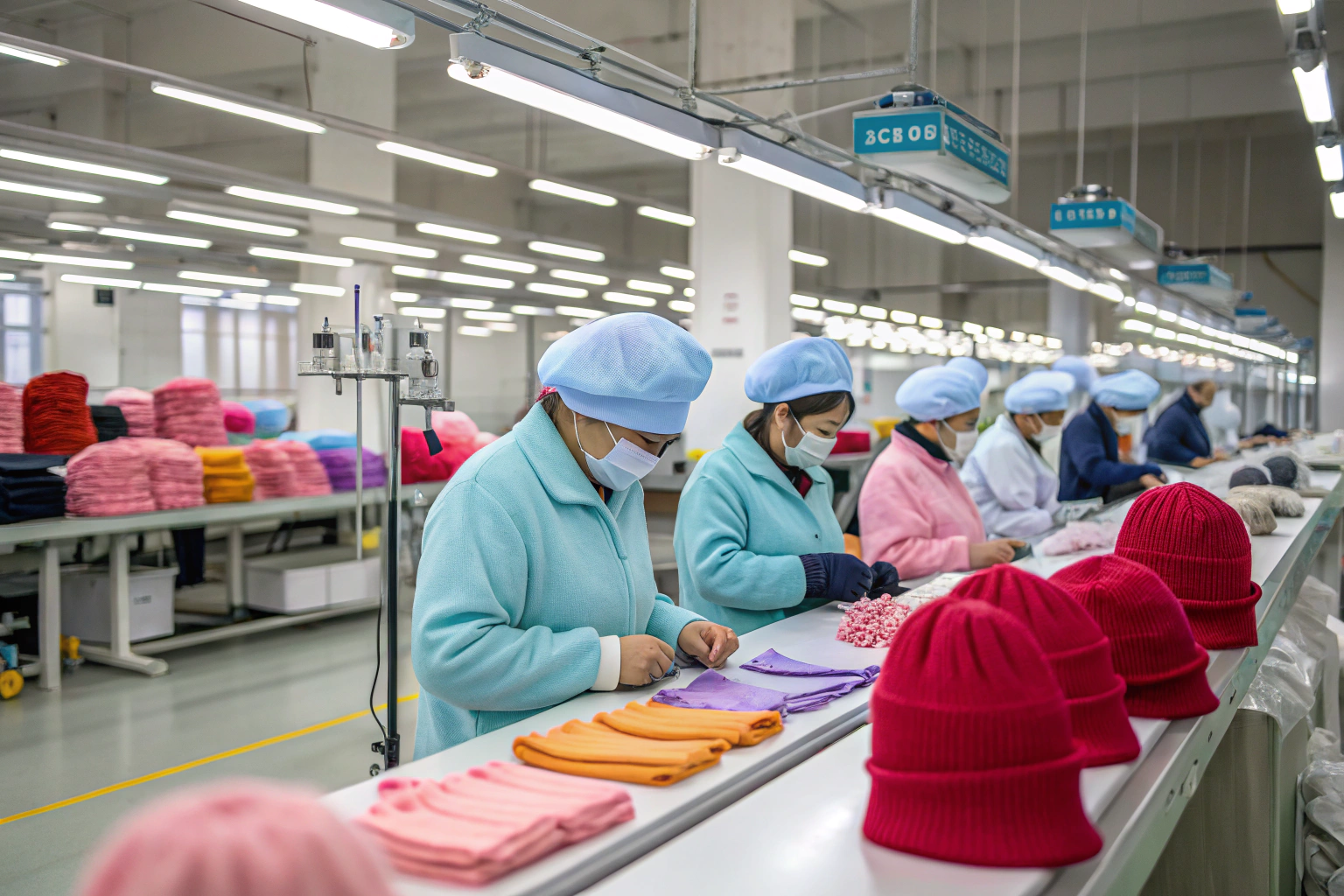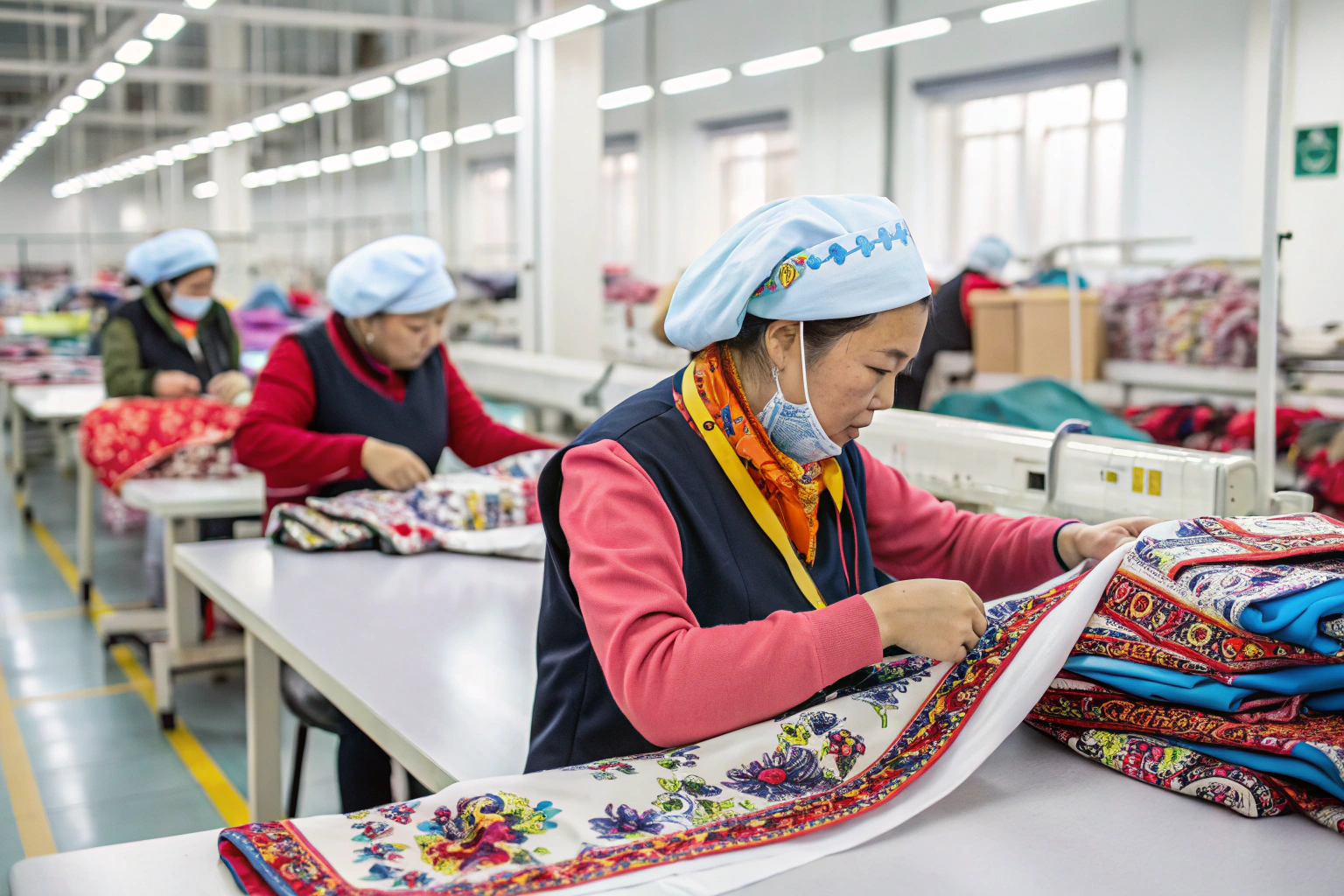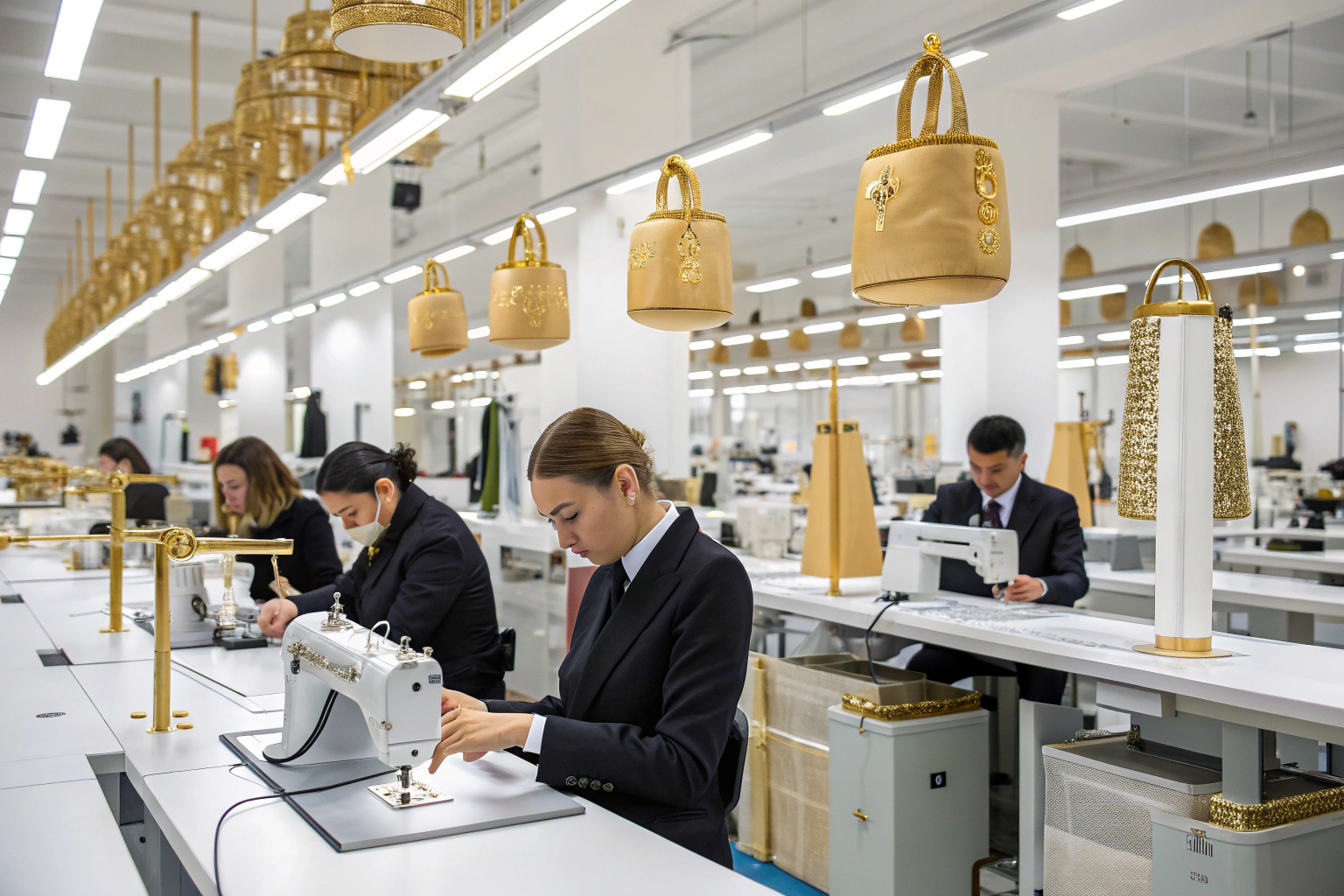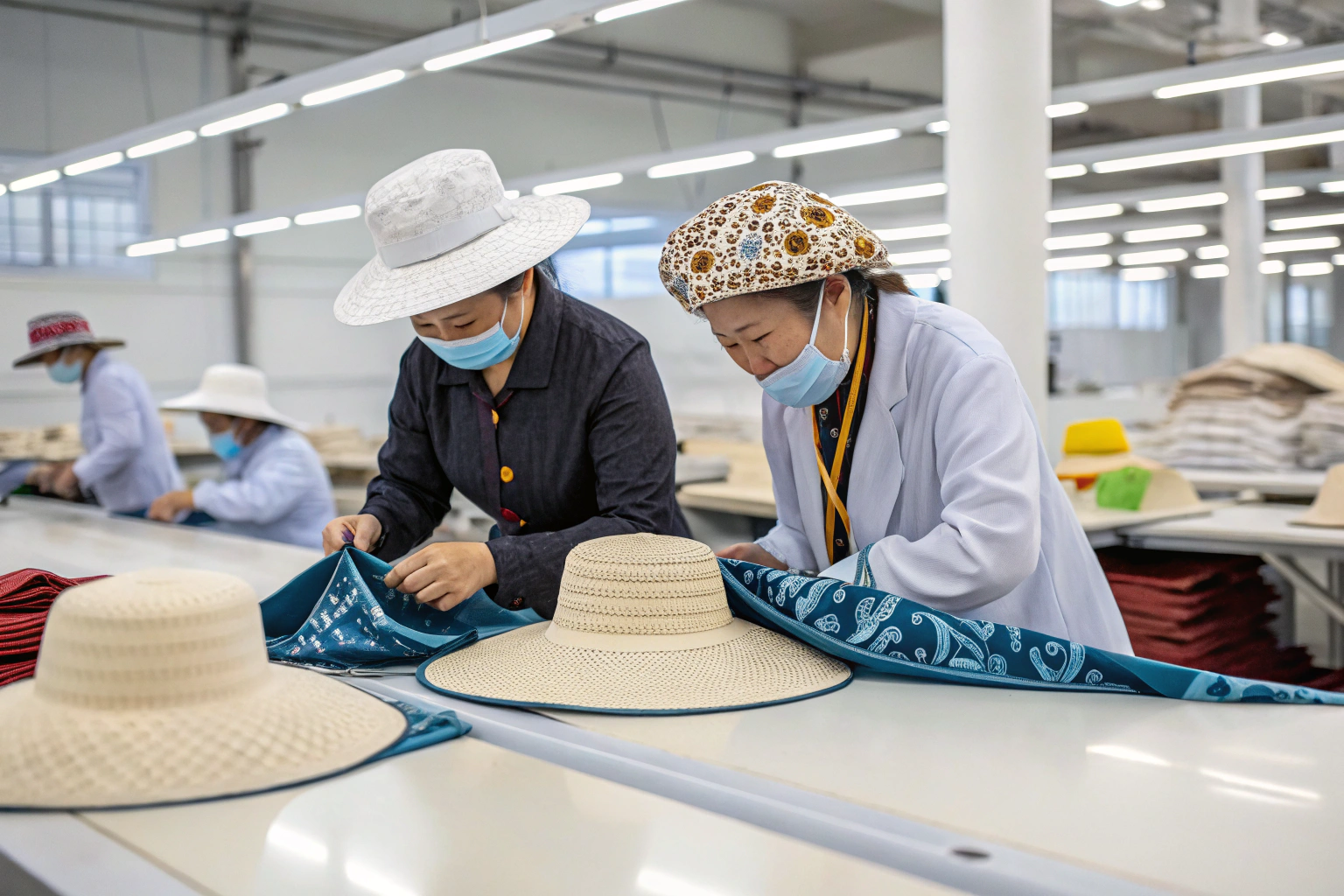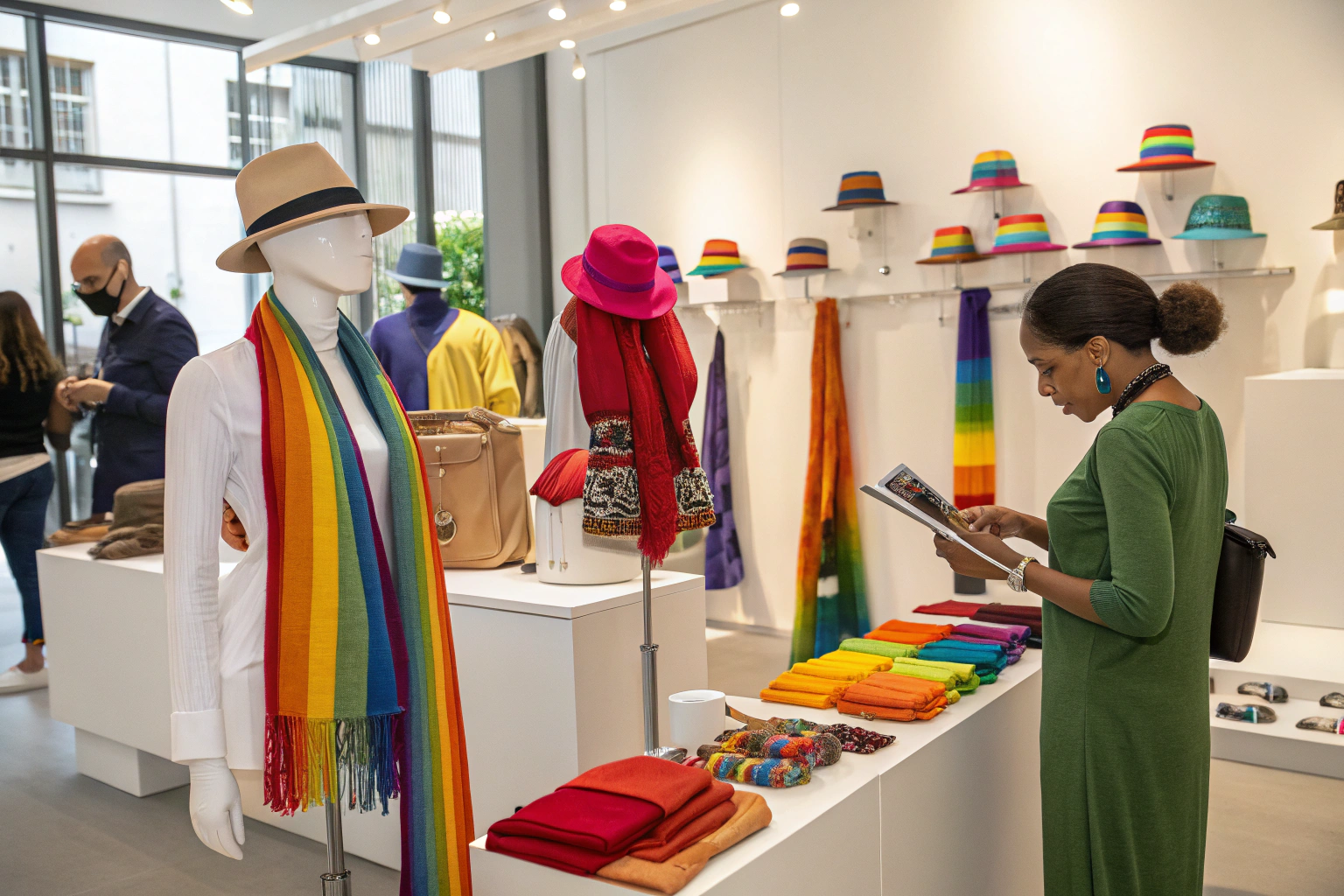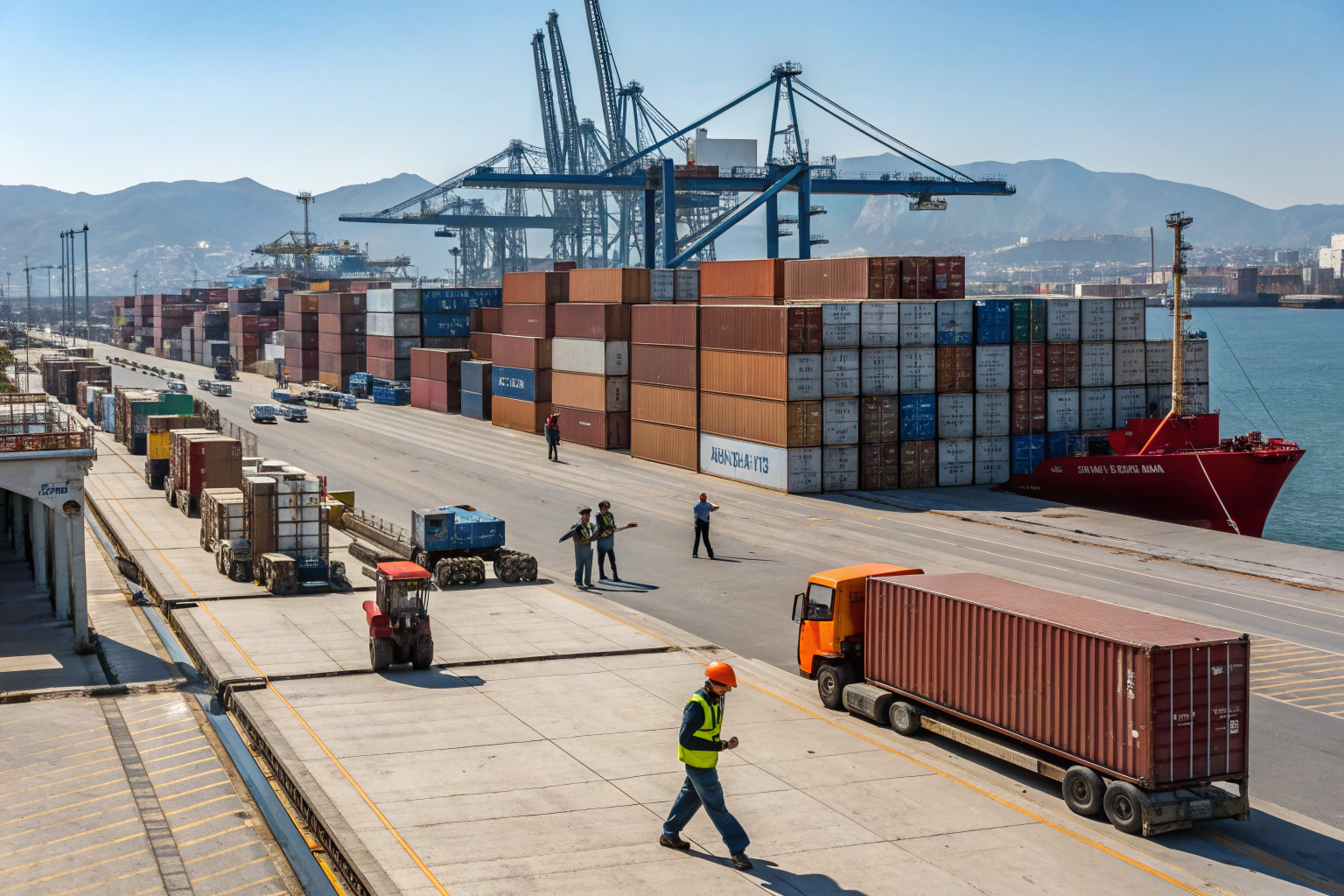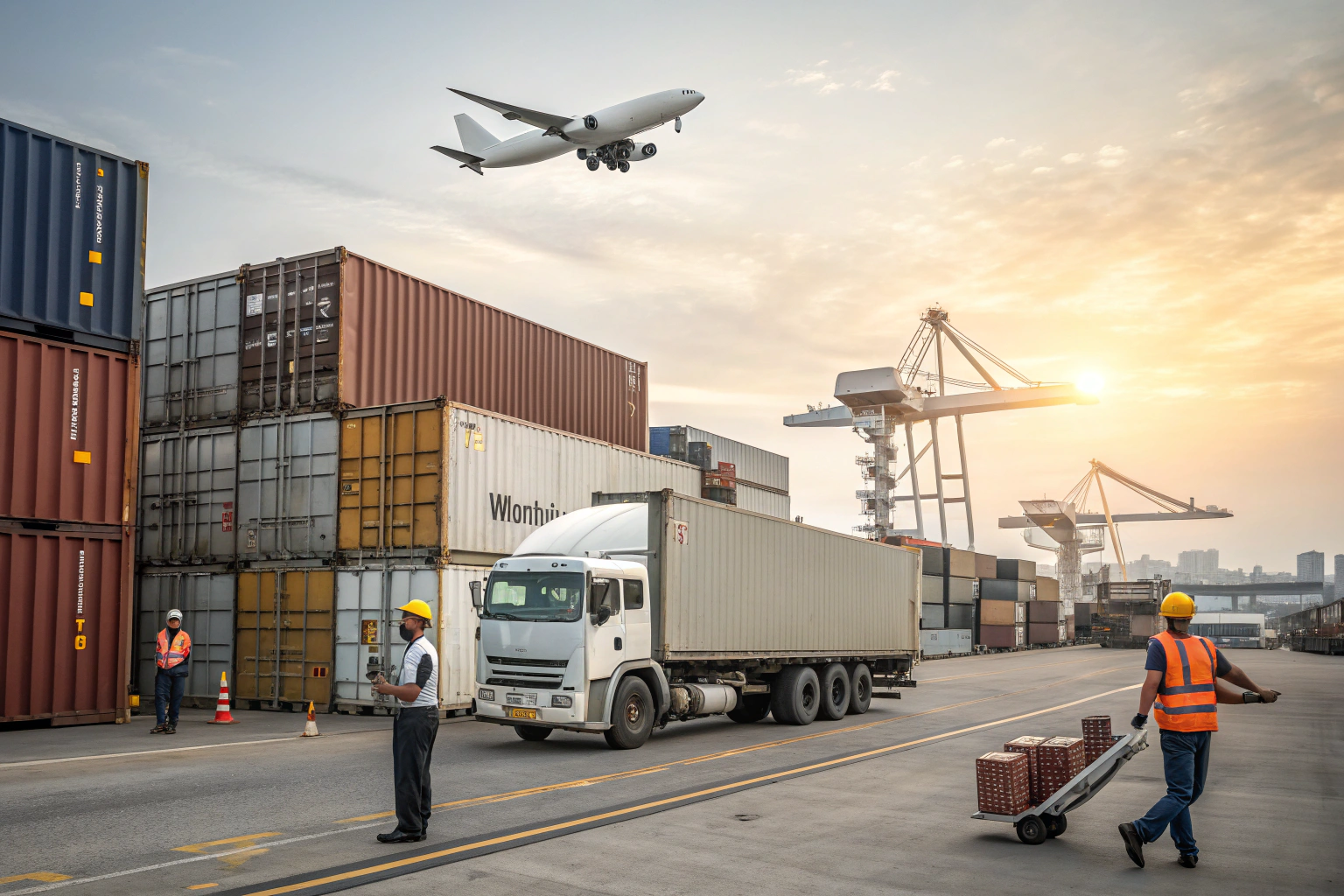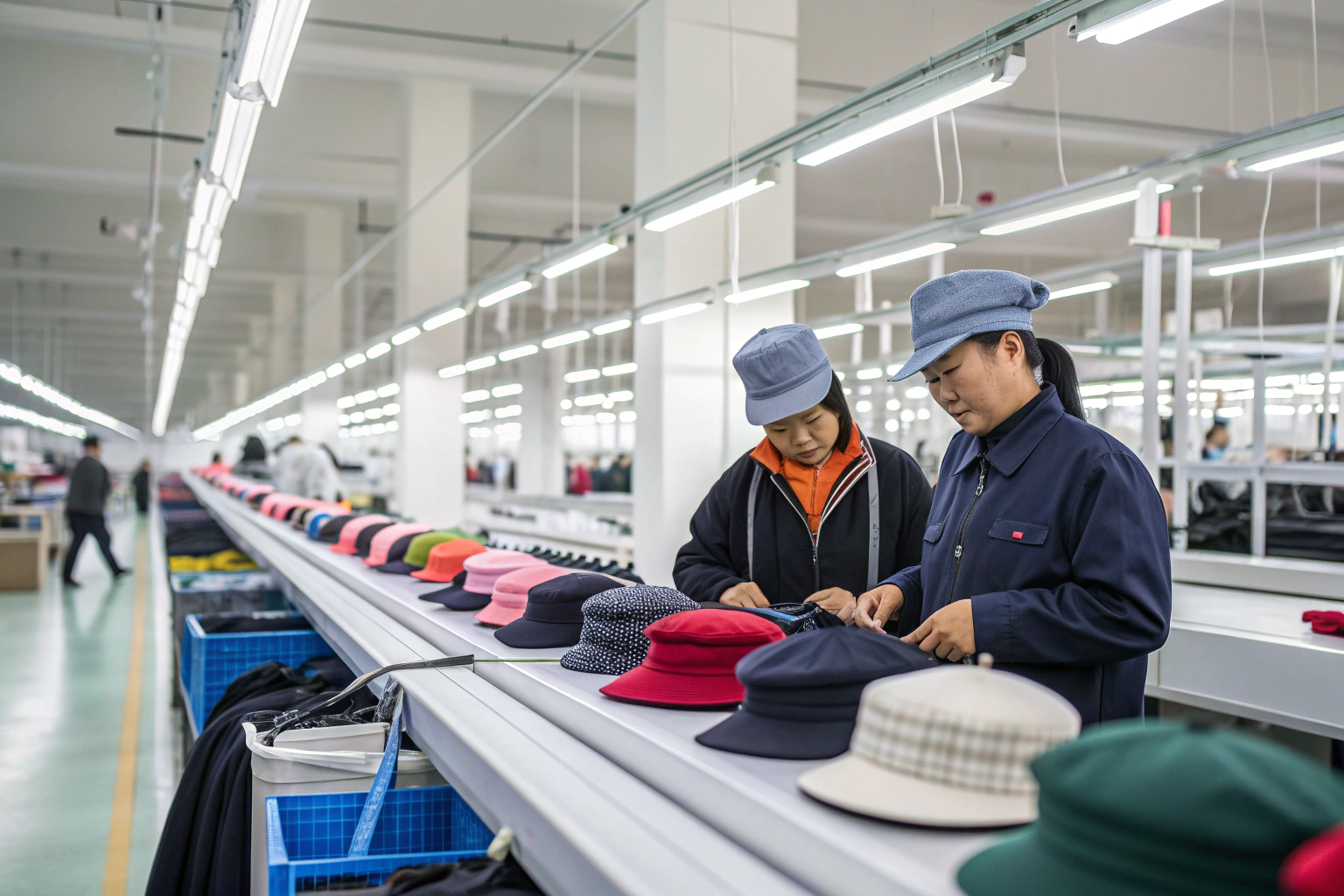Your product may be lightweight—but if the box doesn’t stack well, you’re shipping air and burning money.
Efficient packaging design improves stackability, maximizes container utilization, and reduces shipping costs—all while supporting product protection and branding. For importers, this often leads to lower landed costs and better sustainability metrics.
At AceAccessory, we’ve redesigned packaging for scarves, clips, and belts to help our clients save up to 30% in freight. Here’s how packaging design changes everything.
How does packaging design influence the product consumption cycle?
Packaging isn’t just for protection—it shapes how your product is used, experienced, and even remembered.
Smart packaging design affects the product consumption cycle by improving visibility, ease of use, repurchase rates, and perceived quality—all of which lead to better brand loyalty.

How can thoughtful packaging design make accessories easier to shop, use, and restock?
A well-designed hang tag, resealable pouch, or tear-off strip changes how customers interact with your product. For instance, a retail chain we supply switched from plastic clamshells to flat-fold kraft boxes with a magnetic closure for giftable hair tie sets. Not only did this make the product more tactile and elegant—it also encouraged buyers to reuse the box. Result? Higher perceived value and a 22% increase in repeat orders. Packaging is part of the product journey.
Why does package design impact the post-sale experience?
If packaging is hard to open, unattractive, or generates too much waste, it creates friction—even resentment. On the other hand, if it’s intuitive and clean, customers feel cared for. Some of our buyers add QR codes linking to styling tips or tutorials. Others print “refill me” inside foldable pouches. This transforms packaging into a communication tool that extends the product’s life cycle.
Why is it important to have packaging that is stackable and transportable?
Not every accessory needs fancy packaging—but every brand needs stackable, shippable boxes.
Stackable and transportable packaging improves warehouse efficiency, reduces damage, increases shipping density, and simplifies logistics across the entire supply chain.
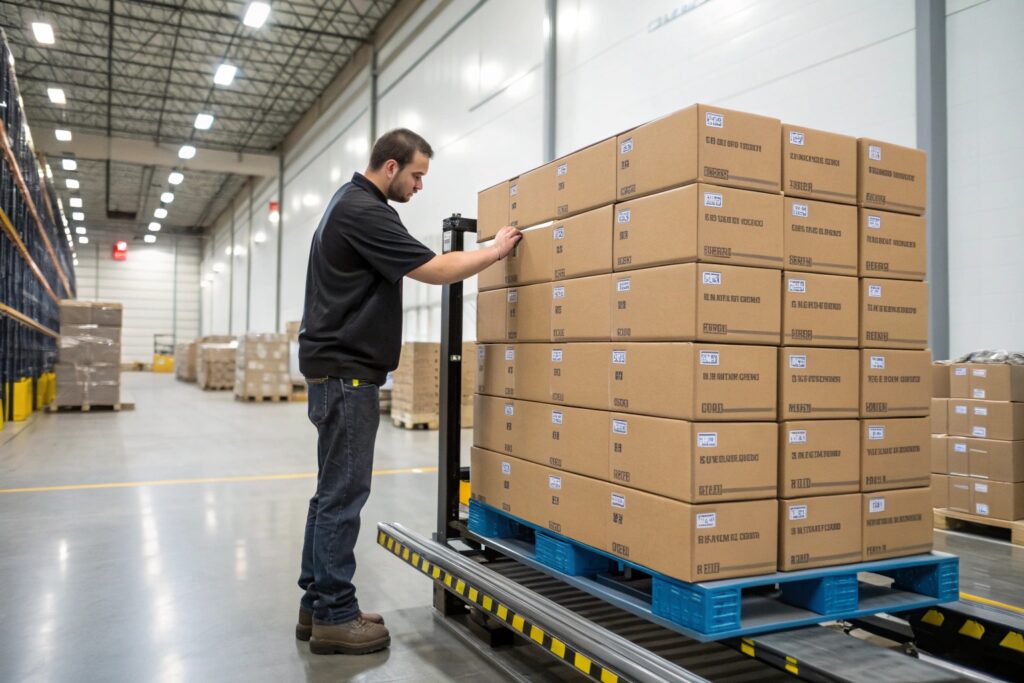
How does stackability improve container loading and reduce wasted space?
The more tightly and evenly cartons stack, the better the container space is used. Irregular box sizes create “air gaps” in containers, forcing you to ship fewer units or pay for wasted volume. For example, when we re-engineered a clip set box to be square instead of trapezoidal, our client fit 1,800 more units per 40HQ container. That saved $2,100 in one shipment. Good packaging doesn’t just sit pretty—it packs smart.
What impact does bad packaging have on product damage and warehouse handling?
If your cartons crush easily, stack unevenly, or shift during transit, you risk broken accessories, customer returns, and lost profit. Stackable packaging prevents collapse during vertical load pressure. In warehouses, it also speeds up palletizing and reduces labor handling time. One buyer had repeated issues with crushed scarf sets until we added corner reinforcements and consistent inner box dimensions. That small design change cut their damage rate by 85%.
How does packaging design impact sustainability?
Green packaging isn’t just about recycled paper—it’s about efficiency across every part of the supply chain.
Packaging design impacts sustainability by reducing material use, eliminating excess volume, supporting recyclability, and improving shipping density—all leading to a lower carbon footprint.
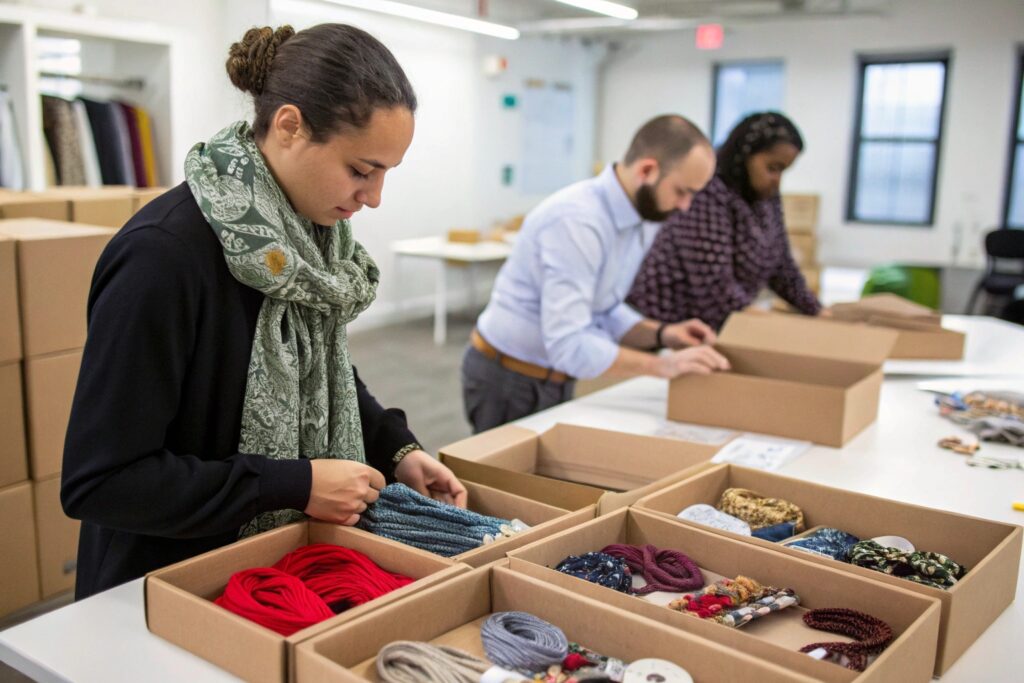
Why is packaging volume the hidden driver of carbon emissions?
The larger your packaging, the fewer units you can ship per carton or container. That means more containers per year—and more emissions. By reducing your packaging footprint just 10%, you may fit 20% more units per pallet. We once helped a buyer change their headband packaging from a standing blister pack to a folded card. It looked cleaner and saved 18% in packaging material. Over one year, this meant five fewer containers shipped—each with a 2.6-ton CO₂ reduction.
How do recyclable or compostable materials play a role in eco design?
Today’s buyers want both visual appeal and environmental responsibility. We offer FSC-certified paper, soy ink, and compostable cello bags. When designing packaging, we consider:
- Single-material usage for easier recycling
- Flat pack potential for transport
- Minimal lamination to maintain recyclability
One U.S. accessories brand now lists packaging sustainability info on every product. Their customers appreciate it—and it helps with retail compliance and ESG audits.
How does packaging design affect the cost and efficiency of transportation and storage in the supply chain?
Every inch of wasted space and every gram of extra weight adds up across pallets, trucks, and warehouses.
Packaging affects cost efficiency by influencing carton dimensions, palletization patterns, loading speed, and warehousing layout—all of which impact your logistics spend.
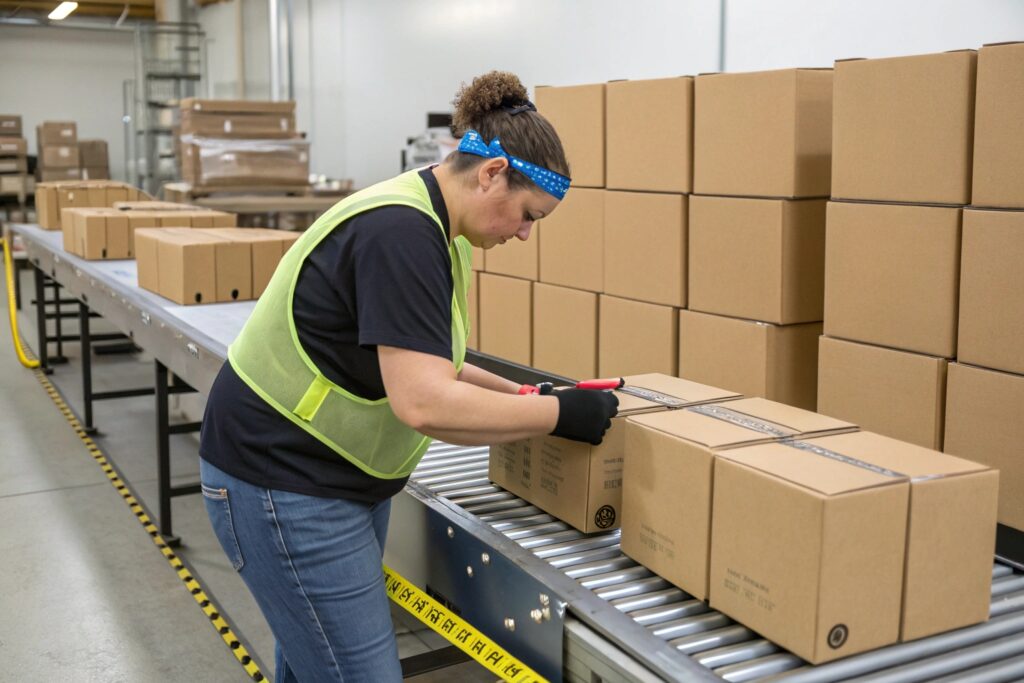
What is the link between carton design and cost per unit shipped?
The more accessories you can fit per carton, the lower the shipping cost per unit. Here’s a quick example:
| Packaging Type | Units per Carton | Freight per Carton | Cost per Unit |
|---|---|---|---|
| Large plastic box | 200 | $45 | $0.225 |
| Compact paper box | 350 | $47 | $0.134 |
By redesigning the box to fit 150 more units, you reduce your per-unit shipping cost by over 40%. That’s pure profit added back to your margin—without changing your product.
How does packaging shape influence warehousing space and labor time?
Warehouse shelves and bins are usually designed around standard dimensions. Odd-shaped or oversized cartons require special handling or leave gaps in storage racks. Uniform packaging means:
- Faster loading and unloading
- Better shelf density
- Easier stock counts
- Lower labor costs
We’ve worked with 3PLs to test pallet configurations in simulation software. After adjusting carton height and depth, one client fit 18% more SKUs on the same racking system. That meant deferring a warehouse expansion by 6 months.
Conclusion
Packaging design isn't just visual—it's structural, logistical, and strategic. Smart packaging leads to better stacking, cleaner shipping, and lower costs. For accessory brands, it’s one of the best levers for scaling sustainably.

